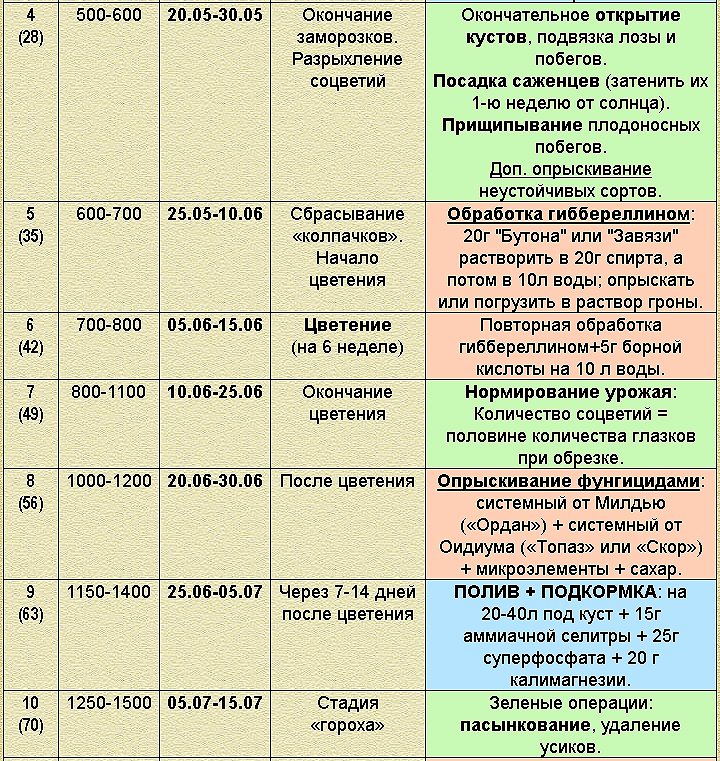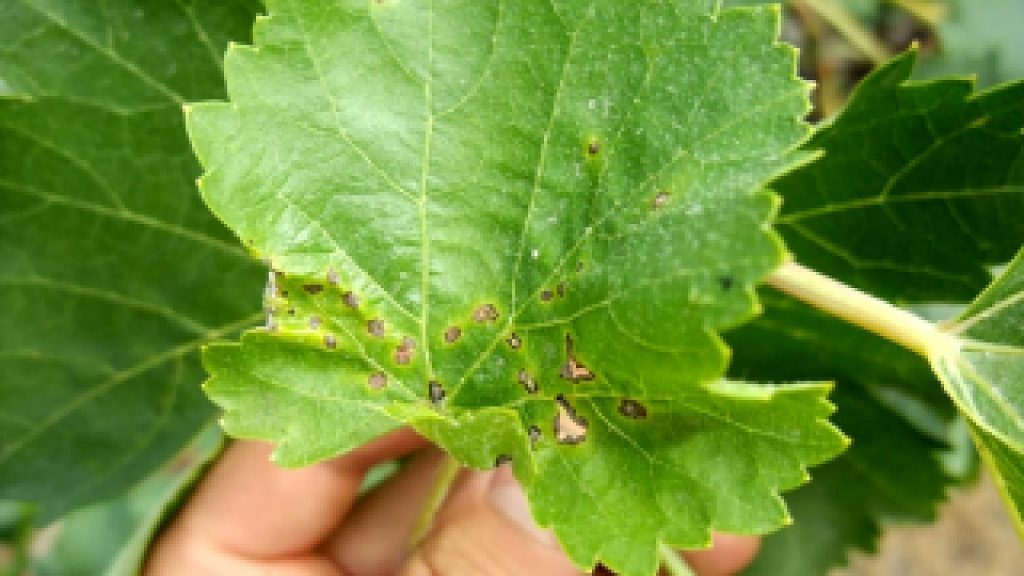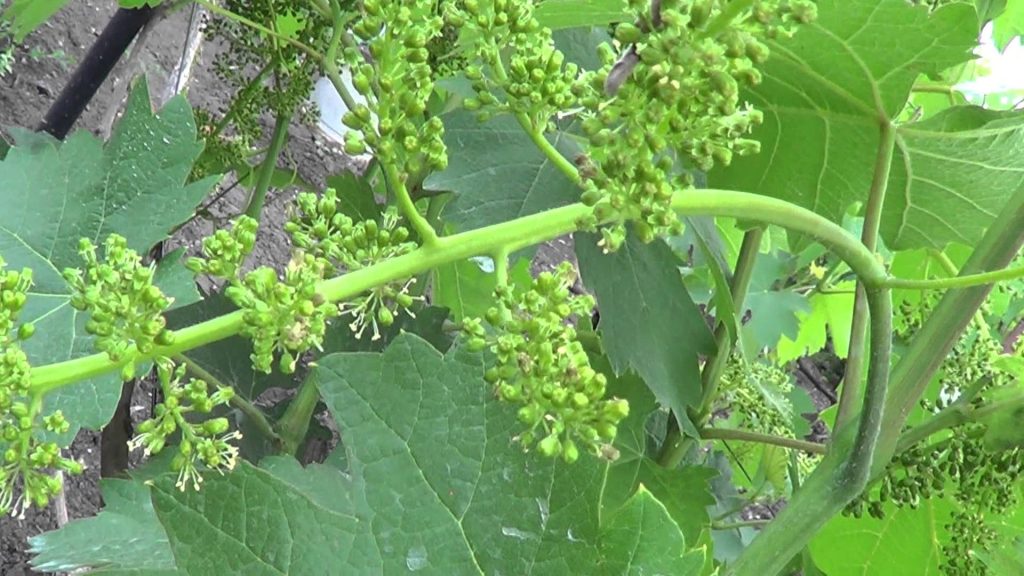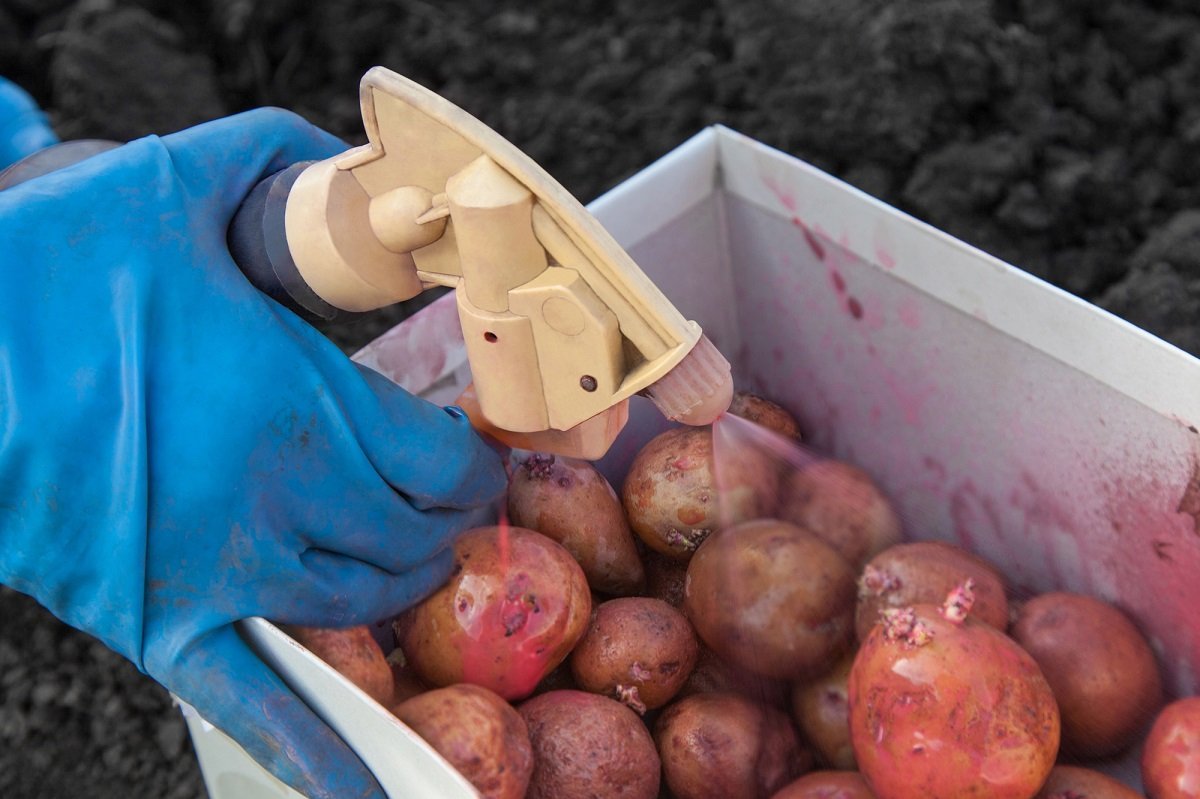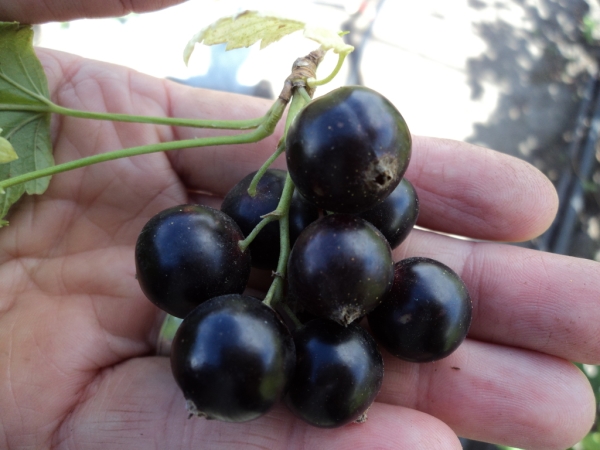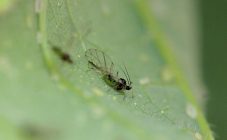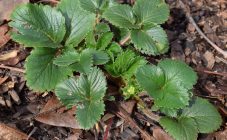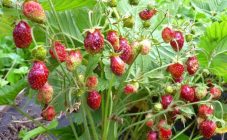Content:
To harvest a high yield of grapes, you need to know the nuances of its processing, experts say. With the arrival of spring, the first activity in the vineyard should be sanitary pruning of bushes, removal of damaged shoots, and verification of the reliability of the vines tie to the trellis. Loosening and deepening of the trellis rows are carried out in the aisles of the vineyard.
Why spraying is needed
Experienced growers say that it is better to prevent disease than to fight it later. To do this, it is necessary to carry out preventive treatments of vines and berries, starting from the opening of the grapes, and before preparing it for winter shelter. In the spring, usually after the first rains and the appearance of 4-5 young leaves on the vine, the first spraying with a fungicide is done in order to protect the bushes from diseases and pests. This treatment of the grapes is required before flowering. If necessary, the treatments are repeated, for example, if a grape mite is noticed on the vine. The last spring treatment of grape bushes is done two weeks before flowering. In different regions, this is from late April to mid-May.
Summer grape treatments are applied when the berries reach the size of peas. The treatment is aimed at preventing fungal diseases, gray rot and powdery mildew.
Autumn processing of grapes is carried out for preventive purposes so that the vine does not suffer from the invasion of rodents, for which poisoned baits are laid out.
The purpose of root and foliar feeding
If only spraying was used to combat diseases and pests, then in order for the vineyard to please with a good harvest, one cannot do without additional fertilizing throughout the growing season. For this, root and foliar dressings are carried out. Root - aimed at receiving nutrition by the bush after the winter dormant period, as well as before flowering, in order to improve the ripening of berries and increase their sugar content. In particular, boron must be present in root dressing to stimulate the flowering process. Boric acid is widely used in mineral complex fertilizers. A single foliar treatment during the budding period will give high-quality fertile flowers. This will solve the problem of grape peas.
Foliar spraying with mineral fertilizers is aimed at improving pollination and enlarging the clusters of grapes. According to the growers, this emergency aid is good for weakened bushes. The grapes will receive nutrition much faster through the mineral fertilizers absorbed by the leaf than through feeding from the root. Spraying with chemistry of grapes during flowering is strictly prohibited, but this can be done with fruiting stimulants and growth regulators.
After harvesting, root dressing continues in order to replenish the supply of nutrients in the vine before the winter period.
Processing before / during / after flowering
Experts with extensive experience and knowledge in the field of viticulture recommend carrying out complex treatments during the growing season, including not only measures for caring for grape bushes against diseases and pests, but also cultivating the soil to improve fertility.
Complex of spring treatments
After opening the bushes, putting in order the row spacing and pruning, the grapes should be sprayed with a 3% solution of copper sulfate (300 g per 10 liters of water). Growers advise not to skip this treatment of the vine, especially if it suffered from pests or diseases in the previous season. This treatment of the bushes does not protect against fungal diseases, but is aimed at combating the infection that hibernated on the vines.
In order to prevent disease of grapes, destroy or weaken the invasion of pests, special attention is paid to spring processing, the most effective, according to experts. Fungal and bacterial infections bring great harm to grapes. Common grape diseases include mildew (downy mildew), oidium (powdery mildew), anthracnose, and grape rot. So how to spray grapes in the spring before flowering to get a good harvest in the fall?
To prevent diseases in the vineyard, spraying with chemicals is carried out. These include broad-spectrum fungicides: protective (prophylactic) and curing (exterminating, eradicating the infection).
How to spray grapes
Processing should begin when the average daily air temperature has risen to 10 ° C, and the first shoots with leaves appear. Drugs such as Horus or Strobe are used during cold weather. On the grown shoots of a young vine, pests appear, such as a leaf roll, a spider mite and a grape flea. Therefore, the treatment of vines from fungi should be combined with insecticides Fufanon or Aktelik. This is the case when you can combine and mix drugs, the actions of which are aimed at protecting the grapes from diseases and pest control.
Gardeners also recommend spraying with Preparation 30B, which acts on parasites hibernating under the bark and in the ground. The effectiveness of the drug is high. You need to dilute 1 liter of emulsion in 20 liters of water. Spraying 1 bush takes from 3 to 5 liters. The drug is safe and non-toxic.
Winegrowers also recommend using the effective drug Nitrofen 60% if outbreaks of fungal diseases were noted in the previous season. It is also effective against pests that hibernate in the ground and under the bark of the vine. The brown paste of the drug is dissolved in 10 liters of water. The processing of the bushes takes 200 g of paste, and for the processing of the soil in the trellis rows - 300 g. This preparation is toxic, therefore the processing of the vineyard must be carried out in protective equipment.
The choice of funds is large. Which drug to use in the vineyard depends on how the grape bushes overwintered, whether diseases and pests were avoided in the previous season. Each drug has a description of its effects.
Processing grapes before flowering
After processing grapes in the spring season, experts recommend how to process the grapes before flowering, when the harvest is most vulnerable. These are copper-containing preparations that increase the plant's immunity: Ridomil Gold together with Topaz.You need to spray the vines two weeks before flowering. The preparations are penetrating, so it is not scary if it rains after the treatment of the vineyard.
Simultaneously with fungicides, insecticides are used to control pests, without reducing the effectiveness when combining drugs. This is a well-proven broad-spectrum Aktara drug. They can be sprinkled with grape vines in conjunction with the treatment with Ridomol Gold and Topaz. Aktara is diluted in a proportion of 1.5 g per 10 liters of water. The drug is dangerous for bees, therefore it is not recommended to use it immediately before flowering. An insecticide of natural origin, Lepidocide, has proven itself well. It is not toxic to plants, safe for animals and humans. It well destroys the grape leafworm. But it is not recommended to combine it with chemicals, it is not compatible with them.
Fruit setting
Winegrowers draw the attention of newcomers to the nuance associated with the stage of preventive treatments of grapes at the time of flowering and fruit setting. In warm rainy weather, fungal diseases can quickly develop. It is possible and necessary to treat grape buds with Strobi, but only before flowering. Can grapes be sprayed during flowering? You can't! Blooming vines are not cultivated with anything. Chemical exposure destroys the entire crop: the ovary falls off, poison accumulates in single fruits, and pollination does not occur. Chemicals that hit the color scare off pollinators.
Post-flowering treatment
After setting the fruit, the bunches of grapes must be treated with a mixture consisting of Bordeaux liquid, colloidal sulfur and copper oxychloride.
During the summer, you need to repeat the preventive procedures by spraying the grapes with fungicides, adding an insecticide to each treatment. Treatment against pests prevents them from multiplying to a noticeable amount. The main thing is to prevent the development of the tick by adding a drug from it to the spraying. 3 weeks before the harvest ripens, the bushes should be sprayed with Strobi. It works well against two main diseases: mildew and oidium. You need to add some kind of insecticide.
After harvesting, one more treatment should not be neglected, aimed at preventing an autumn outbreak of diseases. Winegrowers recommend during this period to use tank mixtures, consisting of drugs: Folpan, Ridomil, Topaz and insecticide. During this period, it is good to feed the vineyard with potash fertilizer to ripen the vine.
List of fungicide preparations
The table provides a small list of the means used by winegrowers to prevent, protect and heal from fungal diseases.
List of fungicides
| Means | The nature of the action | Disease | Instructions |
|---|---|---|---|
| 60% Nitrafen paste | Curative | Phytopathogenic organisms | 200 g of pasta in 10 liters of water |
| 80% wetting powder Polychom | Contact, protective | Mildew | 40 g for 10 liters of water |
| Strobe | Healing, protective | Scab, rust, black spot, powdery mildew | 5 g for 10 l of water |
| Topaz | Contact, medical | Mildew, oidium | 2 g for 10 l of water |
| 65% Ephal | Healing, protective | Mildew | 30 g per 10 l of water |
| Ridomil Gold | Contact | Mildew, oidium | 25 g for 10 liters of water |
| Iron vitriol | Eradicating | Complex action | 350 g for 10 liters of water |
Folk remedies to combat grape diseases
Along with chemicals, winegrowers use folk remedies to fight diseases and plant parasites. Several examples of the use of folk remedies:
- To combat fungal diseases of grapes, a daily infusion of ash is used (1/2 bucket of ash per ½ bucket of water).
- Spraying to ripen berries and vines, more sugar accumulation. The solution is a foliar top dressing: 1 kg of sifted ash, pour 20 liters of water, leave for 5-7 days, add 50 g of laundry soap or dishwashing detergent. Spray in the second half of summer once every ten days.
- Infrequently, twice a season, the grape bushes are treated with an infusion consisting of 40 g of iodized salt, a glass of chopped garlic (insist with 1 liter of water for a day), potassium permanganate (pink water) and 40 g of laundry soap for 10 liters water.
Experts believe that all folk remedies are good when you need to "burn" the fungus, but they do not have a prolonged action. Therefore, it is impossible to build a protection scheme on them.
Vineyard treatments schedule
To get the expected good grape harvest, you need to adhere to a certain processing schedule.
| Usage time | A drug |
|---|---|
| Snow melting, bushes opening | Processing the vine with iron or copper sulfate |
| Shoot growth | Horus, Strobi or Ridomil-gold + insecticide |
| Budding period | Ridomil-gold and Topaz + insecticide |
| After flowering | Quadris or Strobi + insecticide |
| After rain or cyclic treatments other than flowering | Complex fungicides: Folpan, Ridomil-gold, Topaz + insecticide |
| After harvest | Tank mixtures: Folpana, Ridomila, Topaz + insecticide |
The recommendations of experienced winegrowers include:
- compulsory spraying of vines after rain, but no later than 2 hours later,
- spraying is done in the evening in calm weather,
- if it is not possible to do treatments after rain, you need to carry out cyclic treatments,
- do not loosen on dry soil so that fungal spores do not end up on grape leaves and vines,
- Always follow the precautions and safety precautions when spraying.

